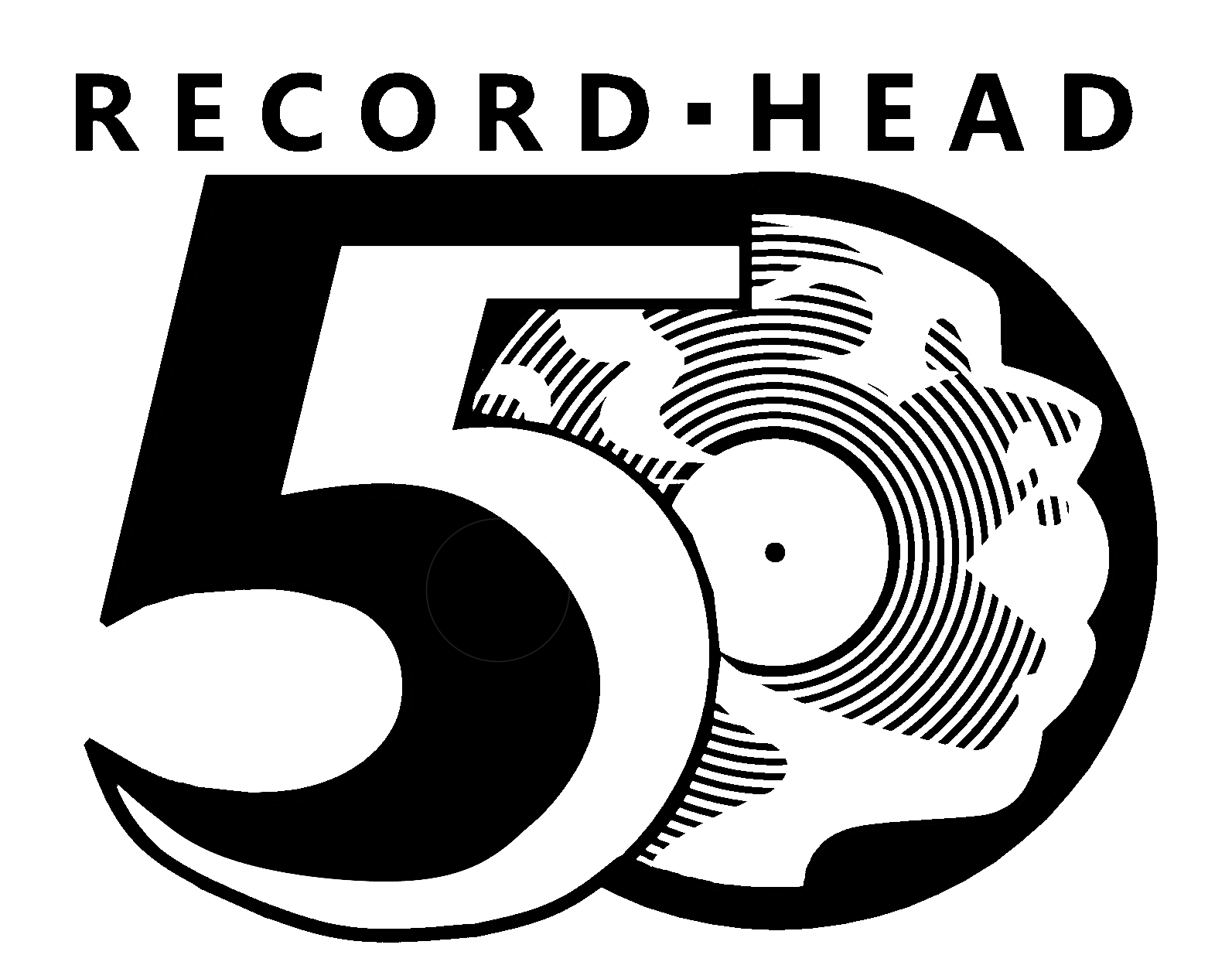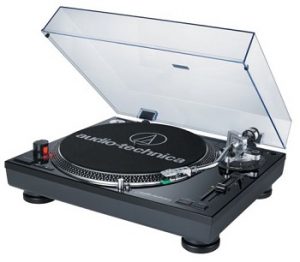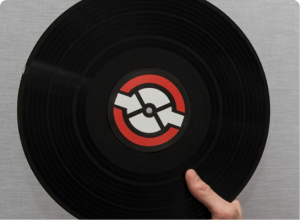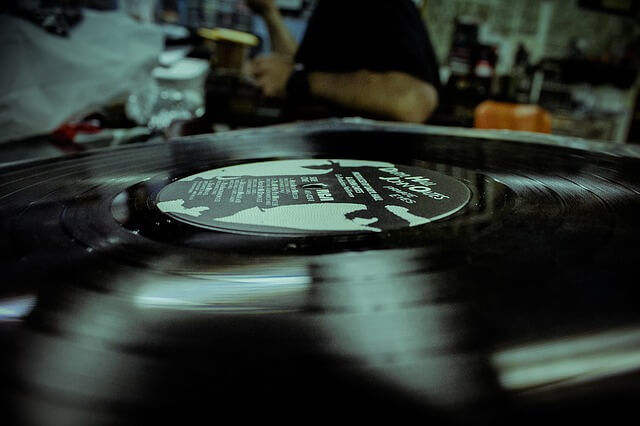
Have you ever picked up a record and wondered, “How are vinyls made?” At Record Head, it’s a question we’re asked a lot. In reality, there is a combination of artistry and science that goes into the making of vinyl records, and the precision needed to make them is one reason why they can be a collector’s item.
So how are records made? It’s a pretty complex process:
1. The Factory Makes a Master Disc
Before any vinyl record production can start, an artist needs to create music or content and a master disc is needed. The master disc is made from a smooth aluminum core which is coated in nitrocellulose. The nitrocellulose creates a thick layer and is carefully inspected for flaws.
The center of the disc, if the disc passes inspection, is punched with a hole in the middle. The master disc is very carefully wrapped to protect the finish and it is shipped with others to the studio.
2. The Studio Cuts the Master Disc
A studio engineer places a master disc on a lathe at the studio. The engineer carefully secures the disk and uses a cutter and microscope to do a test cut and inspect the test groove. After this, the engineer uses the lathe and a sapphire cutter to record on the master disc by cutting a groove into the disc. The recording is created by varying the space between grooves using a computer. The machine uses a vacuum to remove any extra layers of the disk which are cut away during the process.
Once the recording is done, the master disc is inspected for quality. The engineer then places identifying marks on the master disc and sends the master disc to the stamper.
3. The Manufacturer Makes a Stamper
The master disc is carefully cleaned with liquid silver and a metal is added to make the disc less delicate. At this stage, the master disc is ready for electroplating, which requires the master disk to be placed in a tank of liquid nickel. When this happens, the nickel adheres to the grooves of the disc and creates a stamper, which is used to create or press vinyls.
4. The Labels and Covers Get Made
The labels are made and trimmed to size and any written copy for the cover gets made. The covers are designed to keep the album safe.
5. The Manufacturer Makes the Record
After all this background work, it’s time to make the record. Small pucks are made from polyvinyl chloride. The labels are applied to these pucks and a press then flattens and heats the biscuits, melting and shaping the vinyl into the exact grooves and shape of the master disc. The result is a complete record, with the label permanently applied.
If you’re wondering how to make vinyl records, it’s a pretty complex process requiring a manufacturer and studio. But if you want to add to your vinyl collection without any fuss, stop by Record Head to browse our collection or contact us to find new additions to your music. You can also shop our records online.
